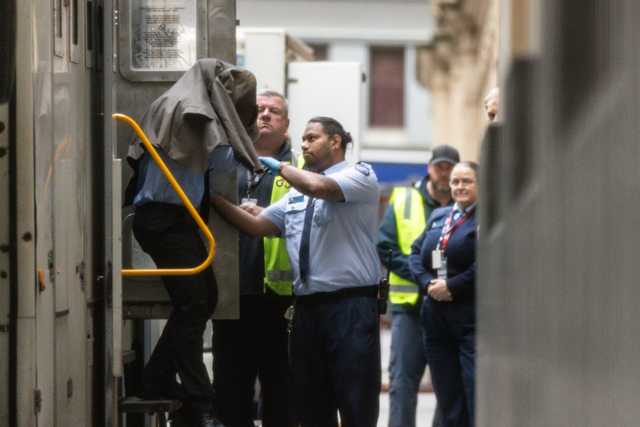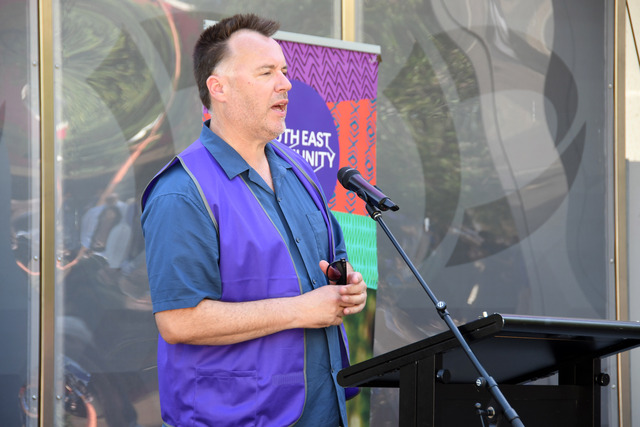THE City of Casey is urging local residents to be vigilant to help reduce childhood injuries and deaths.
Unintentional injury is a leading cause of death and a major reason for hospital and emergency department admissions of children in Victoria.
In Victoria, more than 100 children per day visit emergency departments because of an injury.
City of Casey Mayor Amanda Stapledon said while they were undoubtedly worrying statistics for many parents in the Casey community, the council was committed to providing support, information and education on child injury prevention in the home and within the community.
“Parents and families are able to visit council’s website to view and download a range of information sheets about safety including home safety, car and road safety, and general child safety,” she said.
“There are a number of things that you can do to reduce the chances of your child suffering from unintentional injuries in your home.
“Along with parental supervision and good habits, appropriate and correctly-fitted safety products can help prevent injuries.”
Cr Stapledon said knowing your requirements and the questions to ask could assist residents in selecting the right product for the home.
When choosing your child safety products, be selective and choose products that are suitable to your situation, appropriate to your child’s age and size and always refer to the manufacturer’s instructions for assembly of the product and methods of operation and use, Cr Stapledon said.
The council has a number of tools and information available on its website – www.casey.vic.gov.au/safestart – including the Virtual Safety House.
If you would like to receive a monthly child safety newsletter or a CD containing the Virtual Safety House, contact City of Casey Customer Service on 9705 5200.
Common safety products for the home that can help prevent injuries:
· Smoke alarms – are an essential early warning system to alert you and your family to the dangers of fire and smoke. They are mandatory and required by law to comply with Australian Standards.
· First aid kits – are essential in the home, in the car and when on holidays.
· Door and stove barriers – Using a door barrier or safety gate will assist in keeping young children out of the kitchen. They can also be useful at the top and bottom of stairs. These are available in various sizes. Stove guards fitted around the hot plate can protect children from serious injury.
· Locks and safety catches – There are a variety of safety locks, catches and latches available that can be attached to cupboards and drawers. This will prevent access to sharp cutlery and crockery.
· Lockable poisons cabinet – Dangerous chemicals that are kept in the laundry or kitchen should be kept in a small lockable poisons cabinet or in a cupboard higher than 1.5 metres.
· Tap safety caps – These are easy to install caps that are designed to prevent household hot water burns.
· Finger protection strips – Are designed to prevent children from trapping their fingers between the door and door hinge.
· Power point covers – These are designed to cover power points and prevent objects being inserted in them, preventing electrocution from open power points.
· Doorknob covers – Prevent a child from entering certain rooms in the house.
· Blind cord windups – These are designed to help prevent strangulation by ensuring long or loose cords are not left dangling.
· Foam doorstoppers – These prevent the door from closing completely, and therefore, prevent little fingers getting caught.
· Play equipment – install impact absorbing surfaces such as rubber, pinebark or synthetic grass under children’s play equipment and ensure the maximum all height of children’s play equipment is appropriate for their age – maximum 1 metre for one to three-year-olds maximum 1.5 metres for three to five years of age.






